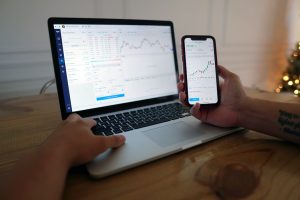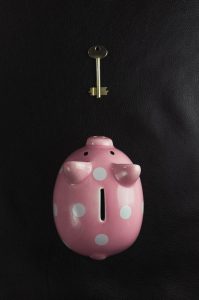Starting your own forex broker can be a profitable and challenging venture. It requires a combination of technical expertise, financial knowledge, and business acumen. In this article, we will explore the steps involved in starting your own forex broker.
Step 1: Develop a Business Plan
The first step in starting your own forex broker is to develop a comprehensive business plan. This plan should outline your goals, target market, products and services, marketing strategies, financial projections, and other important details. Your business plan should also include information on the legal and regulatory requirements for operating a forex brokerage.
Step 2: Choose a Business Model
There are two main business models for forex brokers: the market maker model and the agency model. In the market maker model, the broker acts as the counterparty to all trades and sets the prices for the currency pairs. In the agency model, the broker acts as an intermediary between the buyers and sellers and charges a commission on each trade. You will need to choose the business model that best suits your goals and resources.
Step 3: Obtain Licenses and Permits
In order to operate a forex brokerage, you will need to obtain licenses and permits from the regulatory authorities in your country. The requirements vary depending on the jurisdiction, but typically include a minimum capital requirement, background checks on directors and officers, and compliance with anti-money laundering and consumer protection regulations.
Step 4: Build a Trading Platform
The trading platform is the software that allows traders to place orders, monitor their positions, and access market data. You can either develop your own platform or use a third-party platform. If you decide to develop your own platform, you will need to hire a team of developers and designers with experience in forex trading software.
Step 5: Partner with Liquidity Providers
Liquidity providers are financial institutions that provide the forex broker with access to the interbank market. This allows the broker to offer competitive prices to its clients. You will need to establish relationships with several liquidity providers in order to ensure that you have access to deep and diverse liquidity.
Step 6: Market Your Services
Once your forex brokerage is up and running, you will need to market your services to attract clients. This can include advertising on forex-related websites, participating in industry events, and offering promotions and bonuses to new clients. It is important to build a strong reputation and offer high-quality customer service in order to retain clients and build a loyal customer base.
Step 7: Manage Your Risks
Forex trading involves a high degree of risk, and as a forex broker, you will need to manage your risks carefully. This includes monitoring your clients’ trading activity, implementing risk management tools such as stop-loss orders, and maintaining adequate capital reserves to absorb potential losses.
Conclusion
Starting your own forex broker can be a challenging but rewarding venture. It requires a combination of technical expertise, financial knowledge, and business acumen. By following the steps outlined in this article, you can build a successful forex brokerage that offers high-quality services and attracts a loyal customer base.






